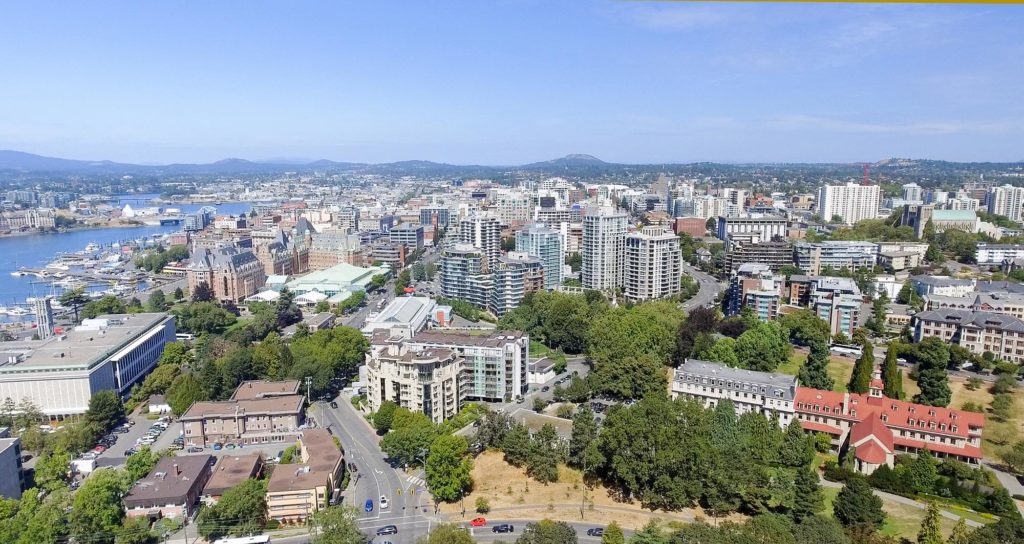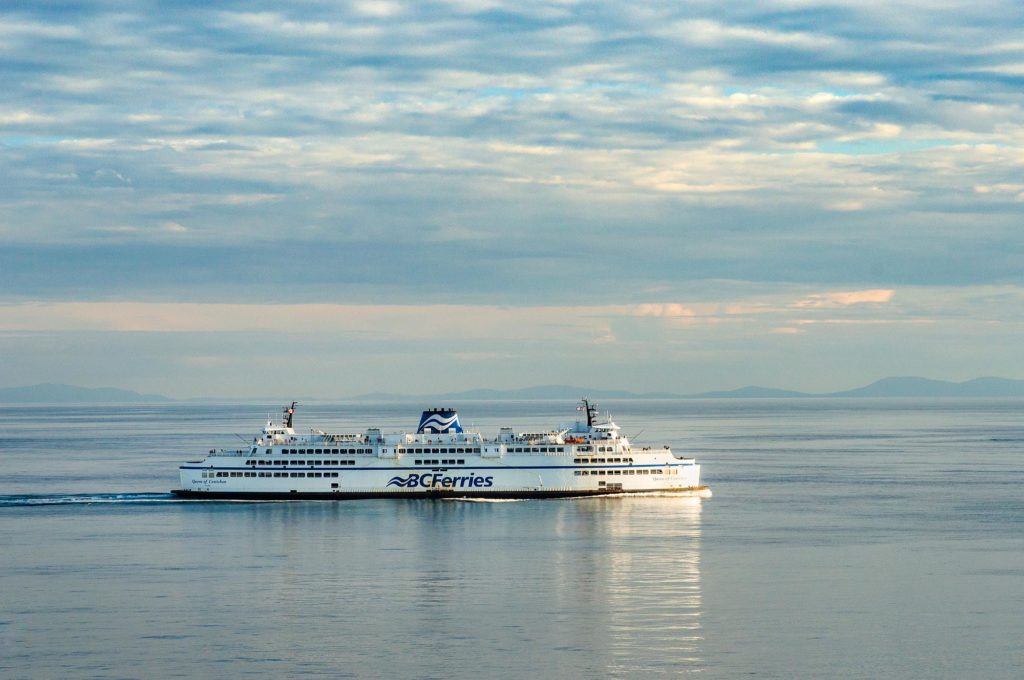An Overview
Vancouver Island is about 460 kilometres (290 mi) in length, and 100 kilometres (62 mi) in width at its widest point, It is the largest island on the West Coast of North America. It has a population of about 775,000 people with half of them living in the provincial capital of Victoria.
The southern part of Vancouver Island has one of the warmest climates in Canada and, in recent times, has allowed subtropical Mediterranean crops such as olives and lemons. Palm trees have also become a staple in suburban landscaping. The Gulf Islands, located off the south eastern shore of the island have been called Canada’s Bahamas because of the mild winters and warm summers in this area.
Vancouver Island is home to a large First Nations population and visitors come to experience the culture and arts which are evident in the many towns and villages. For example, Duncan is the City of Totems and Chemainus is home to the outdoor mural gallery of First Nations history.


About Vancouver Island Climate
Winter daytime temperatures are usually above freezing even in January. In summer, temperatures climb to the high 20’s and the 30’s in the Cowichan Valley. Most of the towns are located on the east coast of the island which is in the rain shadow of Pacific storms. This means less rainfall compared to the mainland. Snow is rare at lower altitudes but ski resorts located in the mountains usually have an abundance of the fluffy white stuff for winter sports. If you like golf and cycling all year then this is the place to be.
A Diversified Economy
Technology
Within the island’s largest city, Victoria, there is a significant IT and technology industry with nearly 1000 technology companies operating in the Victoria area and hundreds more in other areas like Nanaimo and Parksville.
Logging
Outside of Victoria, Vancouver Island’s economy is dominated by the forestry industry employing people in small business and corporate logging operations from Port Hardy to Victoria.
Fishing
Fishing and seafood is a vibrant industry on the island with scores of commercial fishing vessels operating out of the ports and harbours all around the island. Sport fishing drives a vibrant tourism industry and locals reel in tons of wild salmon and halibut every year.
Tourism
In recent years the government of British Columbia has engaged in an advertising program to draw more tourists to beach resorts in places such as Tofino and Ucluelet. Sport fishing, whale-watching, hiking, SCUBA diving, surfing, and skiing are just a few things for which tourists visit Vancouver Island. Visitors also come to see Victoria’s nineteenth-century architecture, and the many villages which line the coast such Cowichan Bay, Chemainus, and Qualicum Beach.
Food products
Consumer food products companies also exist in the various cities and towns on Vancouver Island. Bakeries, dairies, food processing plants, breweries, wineries, of varying size and scope are found all along the island. Some of these organizations have international customer reach and many have won awards for artisanal products.


Our Education System
Vancouver Island is home to a handful of universities, several colleges and trade-schools, hundreds of public schools, and a few dozen private schools (including Montessori and Waldorf schools).
Universities
- University of Victoria
- Vancouver Island University (formerly Malaspina University-College)
- Royal Roads University
Colleges
Public school districts
There are 11 school districts on Vancouver Island with several elementary, junior high, and high schools in each. Three school districts are in the Greater Victoria area and the other eight cover the rest of the island to the north. All public schooling falls under the jurisdiction of the British Columbia Ministry of Education.
Private schools
- St. Michael’s University School, Victoria, with campuses in Oak Bay and Saanich
- Glenlyon Norfolk, Victoria
- St. Margaret’s School, Victoria (limited to female students)
- Brentwood College, Mill Bay
- Shawnigan Lake
- Queen Margaret’s School, Duncan
- Brookes Shawnigan Lake
- Sunrise Waldorf School, Duncan
- Island Oak High School, Duncan
- Maria Montessori Academy, Victoria, located in Gordon Head
- Selkirk Montessori School, Victoria, located at the Selkirk Waterway
- Lester B. Pearson College of the Pacific, Metchosin
- St. Joseph’s Chemainus Catholic Elementary School, Chemainus
- Duncan Christian School, Duncan
- Nanaimo Christian School, Nanaimo
- Pacific Christian School, Victoria
- Phil and Jennie Gaglardi Academy (formerly Comox Valley Christian School), Comox
- Aspengrove School, Nanaimo
- St. Joseph’s Catholic Elementary School, Victoria
- St. Patrick’s Catholic Elementary School, Victoria
- St. Andrew’s Regional High School, Victoria
- Queen of Angels, Duncan
- John Paul II, Port Alberni
About Vancouver Island Transportation and Transit
Sea
The only vehicle access to Vancouver Island is by ferry. BC Ferries, Washington State Ferries and Black Ball Transport Inc. operate the seven vehicle ferry routes to the island.
Rail
At this time, passenger rail services on the island have been suspended until the anticipated reorganization and utilization of the rail rights-of-way that are in place.
Air
- Victoria International Airport (YYJ)
- Comox International (YQQ)
- Nanaimo Airport (YCD)
- Harbour Airports and Heliports

